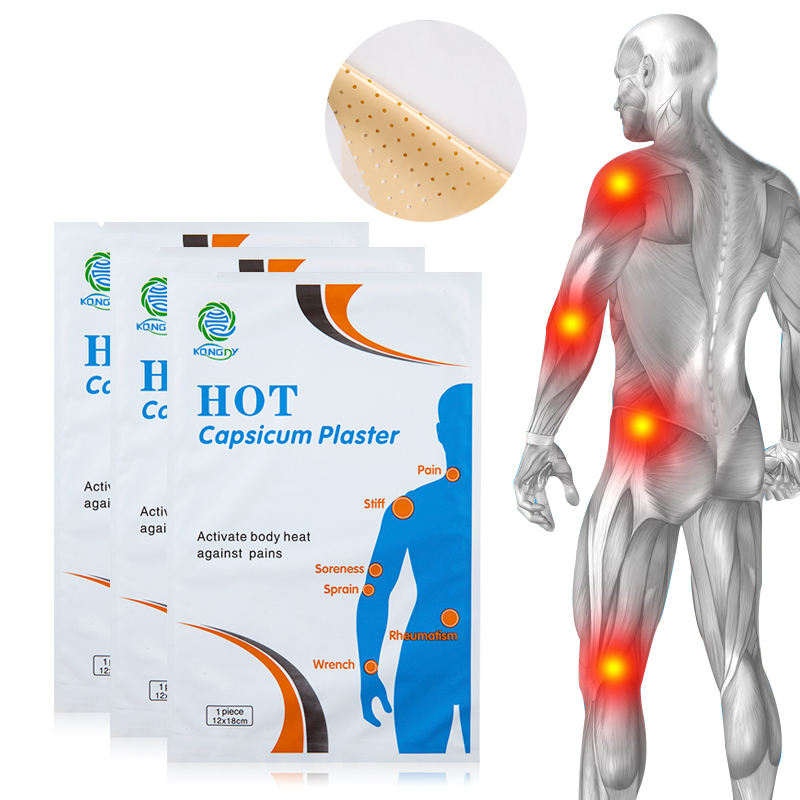Author:Kangdi 06-09-2023
Pain relief patches have become a staple in many households and first aid kits, providing targeted relief for various types of pain, from muscle aches to joint discomfort. But how do these patches really work, and what is the science behind their effectiveness? Let's delve into the proof that PAIN RELIEF PATCHES are indeed effective solutions for managing pain.
1. Transdermal Drug Delivery:
The core mechanism behind pain relief patches lies in transdermal drug delivery. These patches are designed to adhere to the skin, where they slowly release medication into the bloodstream through the skin's outer layer. This allows for a controlled and continuous release of active ingredients over time.
2. Targeted Relief:
One of the significant advantages of pain relief patches is their ability to provide targeted relief. When applied directly to the painful area, such as the back, shoulder, or knee, the patch delivers medication precisely where it's needed, minimizing side effects on the rest of the body.
3. Minimized Systemic Effects:
Pain relief patches are formulated to minimize systemic effects. This means that a smaller amount of medication enters the bloodstream compared to oral medications, reducing the risk of side effects like stomach irritation or liver strain.
4. Versatile Application:
Pain relief patches are available in various forms, including patches, creams, and gels, making them versatile for different pain types and preferences.
In conclusion, the proof that PAIN RELIEF PATCHES really work lies in their well-established mechanism of transdermal drug delivery, the presence of active ingredients, and their ability to provide targeted, prolonged, and discreet relief. These patches offer a valuable tool in managing pain effectively while minimizing systemic side effects, making them a trusted choice for many individuals seeking relief from various types of pain.
 0086 19937104978
0086 19937104978





